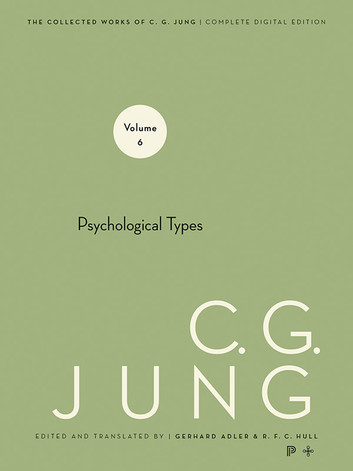In the widest use of the term there are thousands of archetypes–every motif in folklore could be considered an archetype. In this sense, there are nearly innumerable archetypes to be found in the collective unconscious..
However, in Archetypal Nature we use the word archetype to refer to something more specific - a core psychological dynamic which is alive in all of us (mostly unconsciously). Your archetype is why you ‘build your nest’ the way you do. We see archetype in ourselves and others through the varying ways in which we find identity and fulfillment. It is your innate inner philosophy. It lies behind the kind of unconscious assumptions you make about the world and the people around you.
Archetypes “act like magnetic fields which,
though unseen, arrange responses, emotions
and actions into specific patterns.” – Ann Ulanov
Titles
In discussing archetype however, we exceed the limits of language because, for example, an archetype cannot be defined by a one word title—and thus the titles that we use for the archetypes are imperfect. Focusing on the titles means missing the point of the work. To understand these archetypes look at the whole picture, no single quality of the archetype should be used to determine our or others connection to it. All of the archetypes have a variety of good and bad qualities, mature and immature forms.
Gender
Each of the archetypal pairings used in Archetypal Nature (such as Father and Mother) refer to single archetypal whole. The qualities are fluid, all qualities of one gender description may apply to both. We use gender differences here to illustrate archetypal qualities, and not archetypal qualities to illustrate gender. Women often identify with a masculine archetypal form and men may see themselves in the feminine archetypal stories. There are no shoulds being put forward about how someone is best to live (other than with greater self-awareness).
Natural
Archetype is natural, in-born. Siblings often have completely differing archetypal dispositions and children often arrive into families with an archetypal stamp that is the opposite of their parents. Television sitcoms are very popularly based on these kind of tensions (Family Ties, American Dad, All In The Family, etc...) Parental preferences and how we are raised only influences how we feel about the archetypal energies living within us. Ask yourself, which ways of being did your family bless and which did they shame?
Value Neutral
We believe that each archetype brings an important perspective and do not consider any archetype to be inherently good or bad.
Personality Type
Any personality type can be any archetype. Toni worked with C. G. Jung in his development of Psychological Types. It was the insufficiency of the type model in this regard, that led Toni Wolff to the discovery of these archetypes following the publication of Jung's Psychological Types in 1921.
Developing the ability to accurately differentiate between type and archetype takes time and is part of the art of this work. Identifying that correctly helps us to better understand each other and ourselves.
Generational Karma
Archetypal Nature offers a whole new set of maps that can illustrate the motivations behind family struggles and identity patterns. In doing this work people have uncovered layers of generational false adaptation and burdens placed on children that were never rightly their own. Sorting through that can be challenging but it is ultimately liberating.
Process
For some folks recognizing their archetype is immediate and easy, but for others their roles and ingrained biases make it difficult to see their archetype. And that is okay. That might mean they have the most to gain from this work. One of the challenges in identifying our personal archetype is confusing our outer roles with who we are. Many people have difficulty recognizing that despite living their life in a certain role it is not their archetype.
One’s archetype “need not necessarily coincide with the outer form of life. Psychological structure and actual fate sometimes fail to correspond, either for exterior reasons . . . or else because of an inner uncertainty about [one’s] real nature...” – Toni Wolff
Learning to recognize archetype is a more-than-rational process. It develops over time. Some of these terms comes with tremendous social baggage. As much as possible try to step beyond that and look at the energy-activity of the archetypes in your experience of them. This material is also 'psychoactive' – it generates strong (often unconscious) responses that require patience to sit with. True self-discovery is sometimes unsettling. Coming to consciousness is the turning point between fate and free will. Uncovering the archetypal dynamics within us frees us from the potentially tragic consequences of living a life driven by these otherwise unconscious forces.




